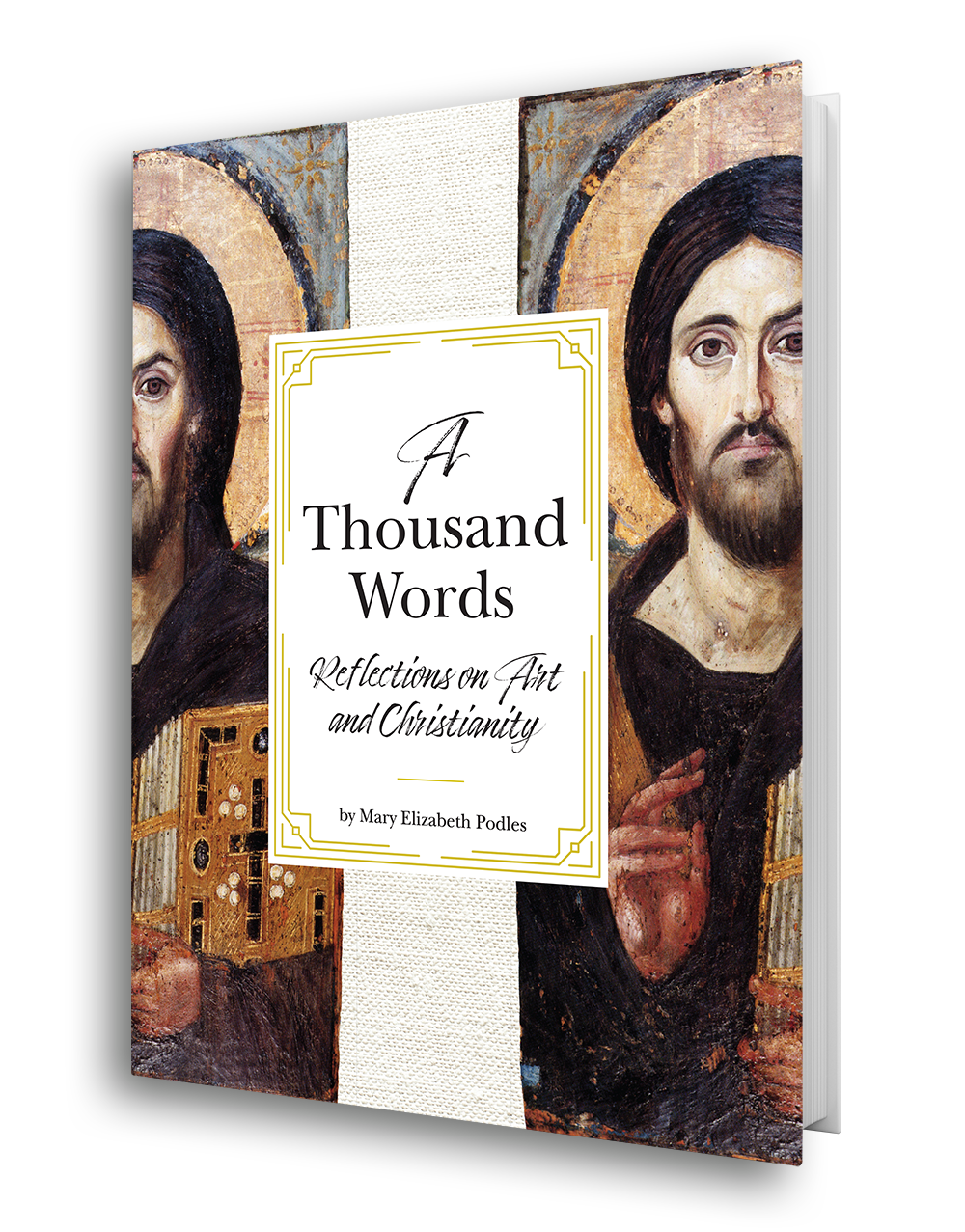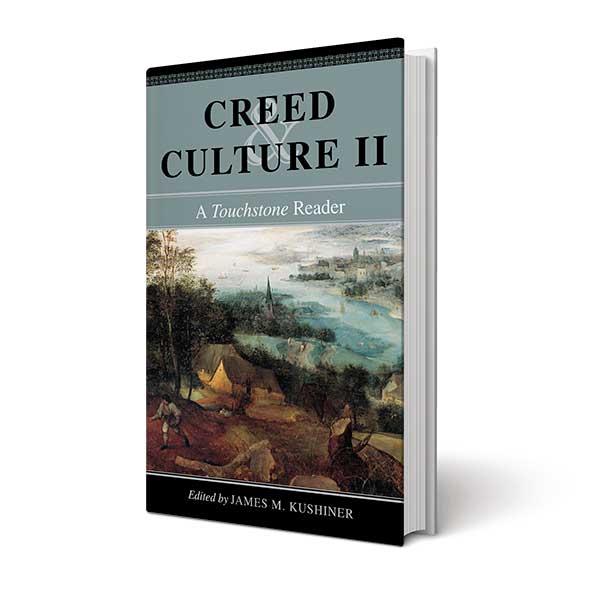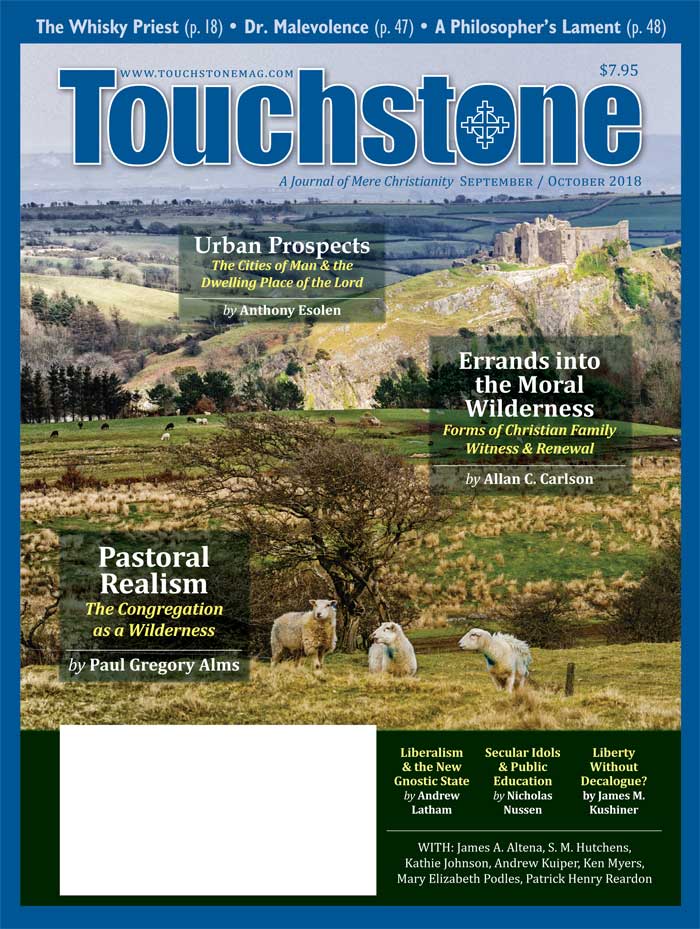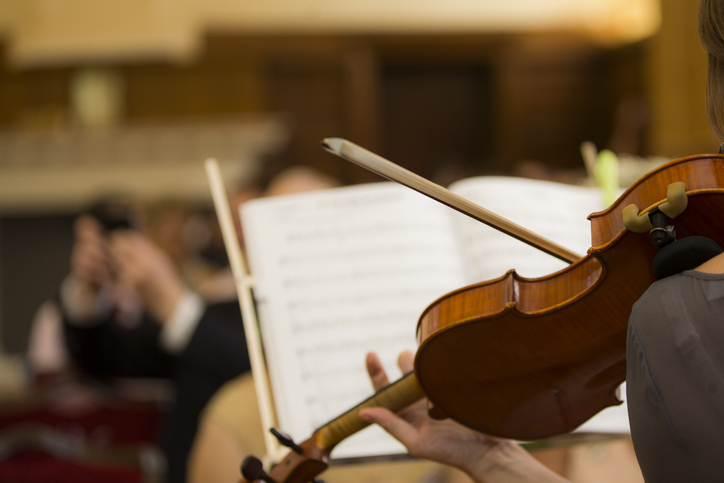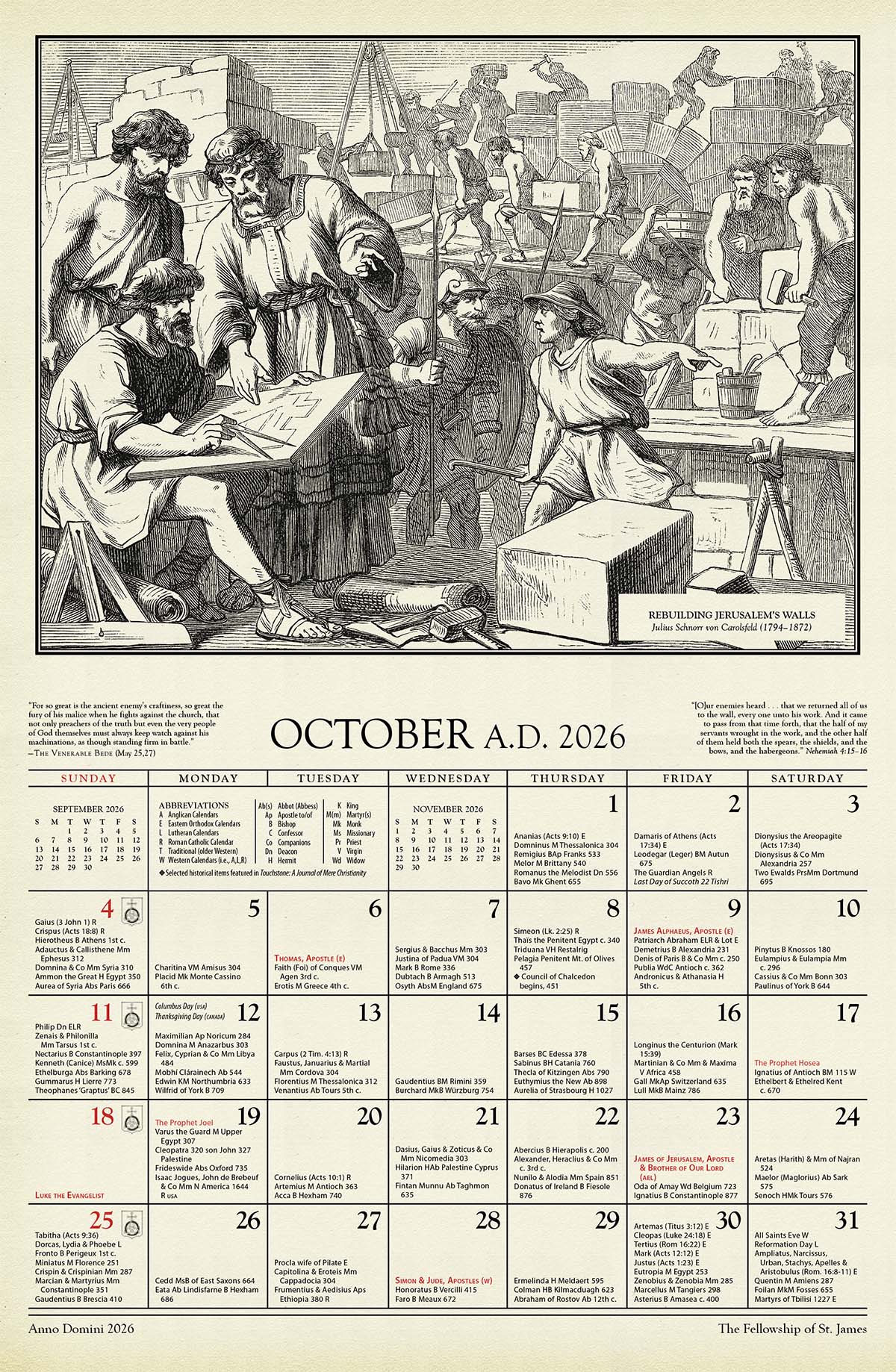First Books
Introducing Fine Art
by Kathie Johnson
Fine art was not part of my childhood. My mother was a music major, so I grew up hearing lots of good music, but I don't recall being introduced to fine art at all. I do remember what a shock it was when I encountered Van Gogh in a small special exhibit at my university. It made me wonder what I had been missing.
As an adult, I gradually became more familiar with fine art and artists. While living in London for a year, I visited many museums; during a trip to Italy, I saw many churches with their amazing depictions of biblical scenes; and I once visited a corporate headquarters in Alabama that had an extraordinary collection of Western art. All these experiences were hugely important to my own development in appreciating art. I had already been gathering books on art for my children's library, and seeing many of the actual paintings and sculptures made me want to know more.
I wish I had grown up with more emphasis on art, as I think young children can feel great delight as well as gain understanding by looking at art and hearing about it. There are books for the very young that are a good introduction. Lucy Micklethwait has produced a number of them, the most basic of which is A Child's Book of Art. Each of the more than one hundred paintings in this book is about everyday life, and with some of the paintings there are small pullouts featuring one figure. The pictures are arranged by category, such as "The Family," "In the Garden," "Pets," "Animals on the Farm," "Wild Animals," "Fruit," "Colors," "Shapes," and so on. This is a word book in addition to being an art book, and although new copies are expensive, good used copies are not hard to find.
Another book by Micklethwait, A Child's Book of Play in Art, incorporates simple activities with viewing the paintings, which are arranged in corresponding categories, including "Playing with Toys," "Where We Live," "Making Faces," "Animal Noises," "Touch and Feel," and so forth. The 70-plus art works come from many periods and several cultures.
Micklethwait also has a series of "I Spy" books, in which the child looks for a particular object in a painting, thus encouraging children to study pictures carefully. Among the titles in this series are Animals in Art, An Alphabet in Art, Shapes in Art, and other books devoted to colors, numbers, and modes of transportation. A similar type of art book is put out by the Metropolitan Museum of Art: Can You Find It? by Judith Cressy provides a list of things to look for beside each painting.
Artists' Lives
As children develop an interest in art, I think it helps for them to know something about the lives of the great artists and what their "styles" are. A good group biography is Piero Ventura's Great Painters, which covers 63 artists. It is really a book of art history, being divided into periods such as "Florence and the Medici," "The Establishment and the Romantic Movement," and so on. There are many paintings included, along with the author's own delightful illustrations.
Several sets of individual biographies allow a child to go deeper with an artist. The simplest is Mike Venezia's series, "Getting to Know the World's Greatest Artists," which includes volumes on Michelangelo, Rembrandt, Van Gogh, Cezanne, and Picasso, among others. Each book is 30 pages long, has large print, and features not only many of the artist's paintings but also Venezia's own cartoon drawings, which wittily help a child understand the connection between what was happening in an artist's life and what his paintings were like.
A slightly larger set of biographies is Ernest Raboff's "Art for Children" series, which contains books on Renoir, Rousseau, Klee, Chagall, and others. Colored printing in the text highlights features of the paintings. The emphasis in these books is more on understanding the paintings than the artist.
Richard Muhlberger has put together a series that helps a child learn how to tell one artist's paintings from another's. Each book is titled What Makes a ___ a ___? Filling the blanks are Monet, Bruegel, Raphael, Cassatt, and many other artists. Each chapter focuses on a specific painting, and the accompanying text describes what was going on in the life of the artist at the time he or she painted it, and explains how to look at the paintings so as to understand them.
There is also a nice set of "A Weekend with _____" books by a variety of authors. One, by Ann Keay Beneduce, takes you on A Weekend with Winslow Homer. It begins: "Come in, come in, don't be shy. I'm not as gruff as people say I am. It's just that sometimes I like to be alone, so I can paint in peace." Other "Weekend" books are about Diego Rivera and Leonardo De Vinci.
Artists' Works
Three other sets of art books don't deal so much with individual artists as with art itself. Gladys Blizzard has written a series called "Come Look With Me." Each of these 30-page books focuses on a particular topic or category, such as World of Play, Animals in Art, The Artist at Work, American Indian Art, Exploring Landscape Art, and others. On one side of each spread is a painting in the given category, and on the other, there are questions to get the reader thinking about the painting, as well as a paragraph that tells about the painting and its history. A similar set by Peggy Roalf is called "Looking at Paintings"—this is a series of 50-page books with a painting on one side of each spread and information about the artist and the style on the other. Each book covers a different subject, with volumes on flowers, dancers, children, the circus, landscapes, and seascapes, among others.
Philip Yenawine has put together short books for young children on different elements of painting, such as lines, shapes, and color, as well as a book on Key Art Terms for Beginners. Each page has a painting and some questions to get children thinking. And there is an "Eyewitness Art" series that includes books devoted to a particular style (such as Impressionism) or technique (such as perspective), as well as volumes on individual artists. Full of both paintings and sculptures, these books can draw a child into the art world.
There are more good books than there is space to mention here, but for a final suggestion, try the interactive book Art Fraud Detective by Anna Nilsen, published in association with England's National Gallery. The premise of this book is that a museum security guard has received a tip that some paintings have been stolen and replaced with forgeries. The challenge for the reader is to figure out which works are fakes by looking carefully at the paintings (some editions of the book come with a magnifying glass). This is a great test to see what a young art lover has learned.
I believe that children who are exposed to some of these books while they are young will find their eyes and minds opened so that they can appreciate art when they see it in museums, galleries, and other settings later on.
Kathie Johnson has always had a love for children's books. She collected many as a teacher and began sharing them with other teachers. In 1986, she opened a children's library in her home, and it has continued to expand over the years. Many home-schooled and schooled children borrow books from it, and she takes great pleasure in finding the "right" book for a child. She attends First Presbyterian Church in Berkeley.
subscription options
Order
Print/Online Subscription
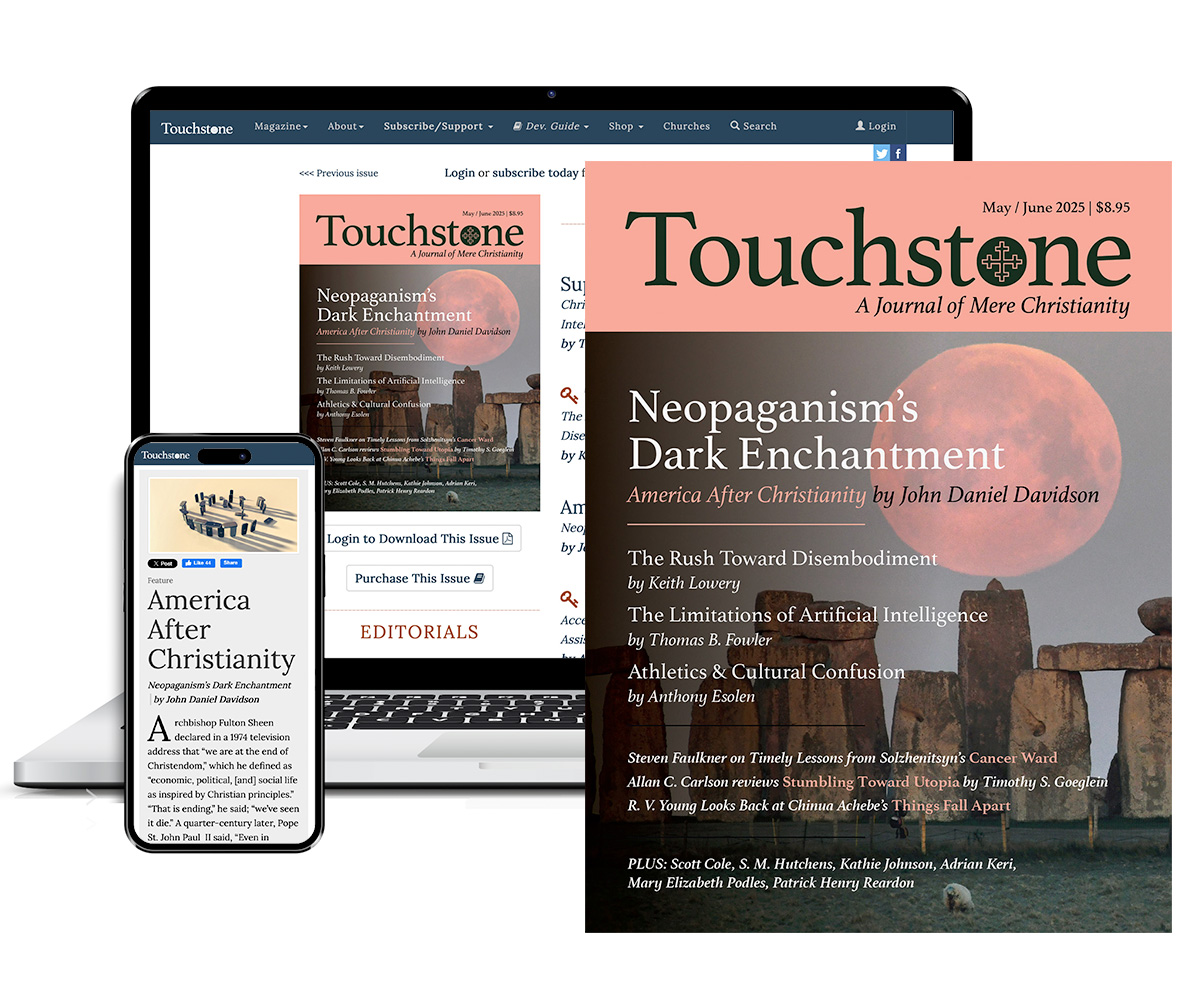
Get six issues (one year) of Touchstone PLUS full online access including pdf downloads for only $39.95. That's only $3.34 per month!
Order
Online Only
Subscription

Get a one-year full-access subscription to the Touchstone online archives for only $19.95. That's only $1.66 per month!
bulk subscriptions
Order Touchstone subscriptions in bulk and save $10 per sub! Each subscription includes 6 issues of Touchstone plus full online access to touchstonemag.com—including archives, videos, and pdf downloads of recent issues for only $29.95 each! Great for churches or study groups.
Transactions will be processed on a secure server.
more from the online archives

33.2—March/April 2020
Christian Pro-Family Governments?
Old & New Lessons from Europe by Allan C. Carlson
calling all readers
Please Donate
"There are magazines worth reading but few worth saving . . . Touchstone is just such a magazine."
—Alice von Hildebrand
"Here we do not concede one square millimeter of territory to falsehood, folly, contemporary sentimentality, or fashion. We speak the truth, and let God be our judge. . . . Touchstone is the one committedly Christian conservative journal."
—Anthony Esolen, Touchstone senior editor



